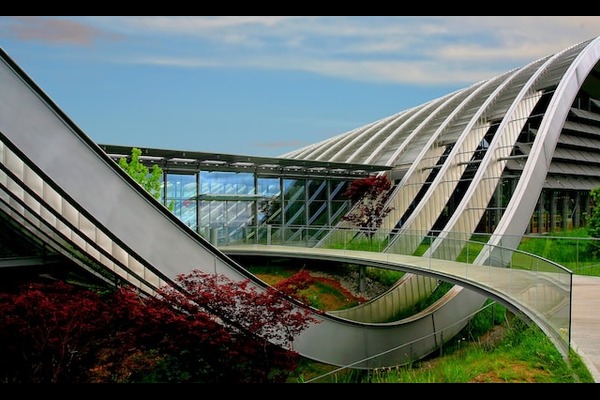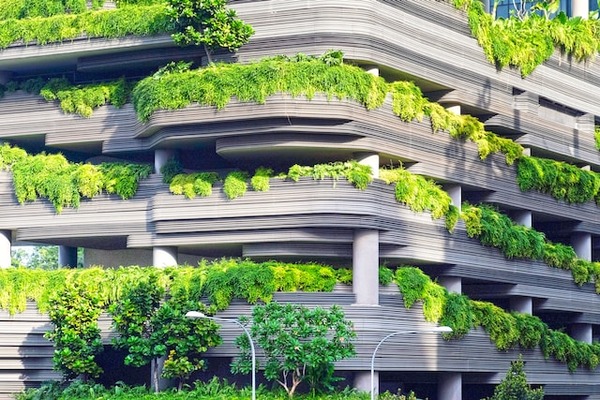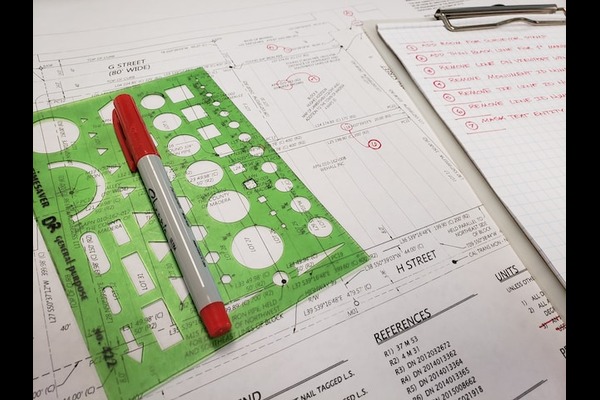In the dynamic field of architecture, technology has shown itself to be a potent convert. Previously dependent on conventional instruments and processes, designers and architects are now utilizing the enormous potential of state-of-the-art advancements to transform our understanding of and interactions with the built environment. This article explores the various ways that technology is driving a significant revolution in the architectural field, providing a thorough look at the fascinating future that lies ahead of us.
Enhanced Client Engagement
Technology has not only changed how architects create and build structures, but it has also changed how they interact with stakeholders and clients during the design and construction phase. There are more women in the business than ever before. Architects now routinely use virtual walkthroughs and intricate 3D renderings to convey their ideas to clients. By allowing clients to not only see but also feel a project before it is constructed, these immersive experiences promote improved understanding and communication. Furthermore, cloud-based collaboration and project management tools have made it easier for project teams to share information and ideas, guaranteeing smooth project execution and cutting down on delays. These technological advancements improve client engagement, which leads to happier clients, fewer misunderstandings, and ultimately better-built structures.
Sustainable Building Practices
In modern architectural practices, sustainability is a guiding concept rather than merely a catchphrase, and technology is essential to producing ecologically conscious designs. Software for building information modeling (BIM) is a good illustration of this. Using highly detailed digital representations of buildings made possible by BIM, architects can assess and optimize a building’s energy efficiency, carbon footprint, and environmental impact throughout its whole lifecycle. Innovative building methods and materials are becoming game-changers in addition to digital tools. With the use of technologies like 3D printing, architects can create complex components using less material, which helps them reduce waste and improve energy efficiency. The environment gains from these advancements in sustainability, and they also lead to more economical and effective building techniques.
Digital Design and Visualization
The design stage of architecture has been completely transformed by the introduction of sophisticated computer-aided design (CAD) software and three-dimensional modeling instruments. Architects are no longer constrained by the limitations of pen and paper. They can now produce elaborate and sophisticated designs with previously unheard-of accuracy. Technologies like augmented reality (AR) and virtual reality (VR) have revolutionized visualization. With the aid of these immersive tools, as well as the amazing grasshopper 3D tool that can help all professionals in the industry, architects can experience their designs in a virtual setting in addition to visualizing them. This degree of immersion helps to build a deeper understanding between architects and clients, which in turn results in better-designed and more customized structures. It also empowers architects to make more informed design decisions.
Smart Cities and IoT Integration
The idea of “smart cities” is becoming more and more popular, and architects are leading the way in incorporating technology into urban design. This change is mostly being driven by the Internet of Things (IoT). Architects and city planners are establishing interconnected ecosystems where buildings, transportation systems, and public spaces communicate and adapt in real-time through the strategic placement of IoT devices and sensors throughout urban environments. Smart traffic lights that modify their timing in response to traffic flow or streetlights that change color based on pedestrian activity are two examples of how to improve city efficiency and safety. In addition to enhancing urban residents’ quality of life, these interconnected systems are building more resilient and sustainable cities.
Prefabrication and Modular Construction
The construction process is being streamlined by technology to become more efficient, less error-prone, and faster. Automation and robotics are being used in construction to produce building components with previously unheard-of precision. One good example is the growing popularity of prefabrication and modular building methods. These methods greatly shorten construction times by fabricating building components off-site and assembling them on-site. These techniques also lessen material waste and assembly error rates, improving the usability and efficiency of architecture. Architects who adopt these technological innovations can not only expedite construction but also tackle industry-wide problems like labor shortages and cost overruns.
Responsive Architecture
Sensors, automation, and material advances have led to the development of responsive architecture. Structures and buildings can now dynamically adapt to shifting environmental conditions, making them no longer static entities. For example, sensor-equipped self-adjusting facades can regulate temperature and light to maximize energy efficiency and improve occupant comfort. Kinetic structures can change in form and function to suit different needs or react to the environment. By incorporating such responsive elements, buildings are becoming more flexible, energy-efficient, and sustainable, redefining the relationship between architecture and the environment. In addition to better performance, responsive architecture promises a more tasteful merging of constructed environments with their surroundings.
The rapid advancement of technology has brought about a profound and exciting revolution in the field of architecture. Every facet of the industry is changing due to technology, including responsive structures, smart cities, and sustainability and design. The potential for architecture is exciting as these innovations develop further. It is to be expected that intelligent, environmentally friendly, and aesthetically pleasing places that improve our lives and the environment will be built.





